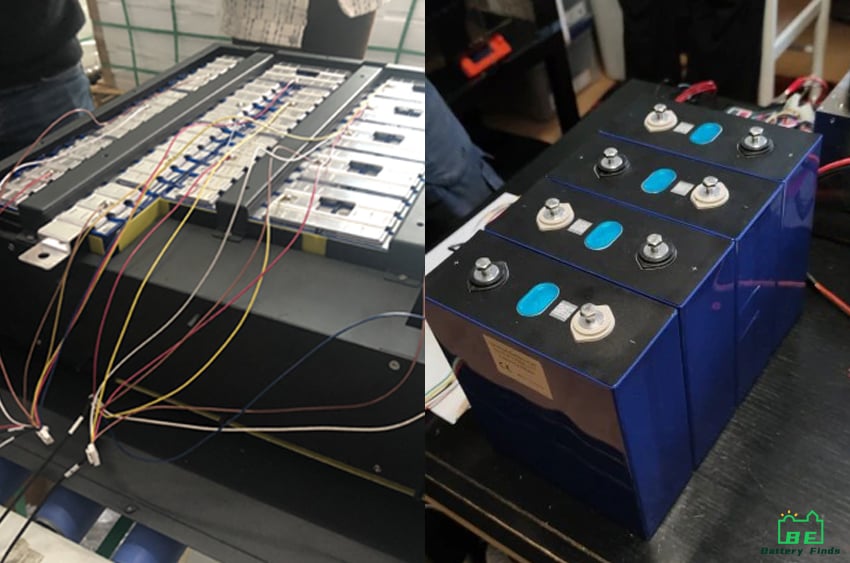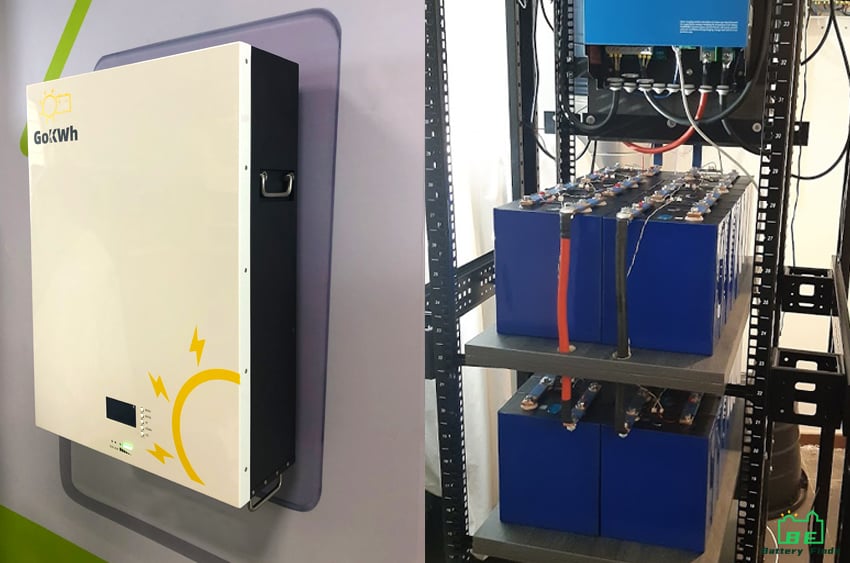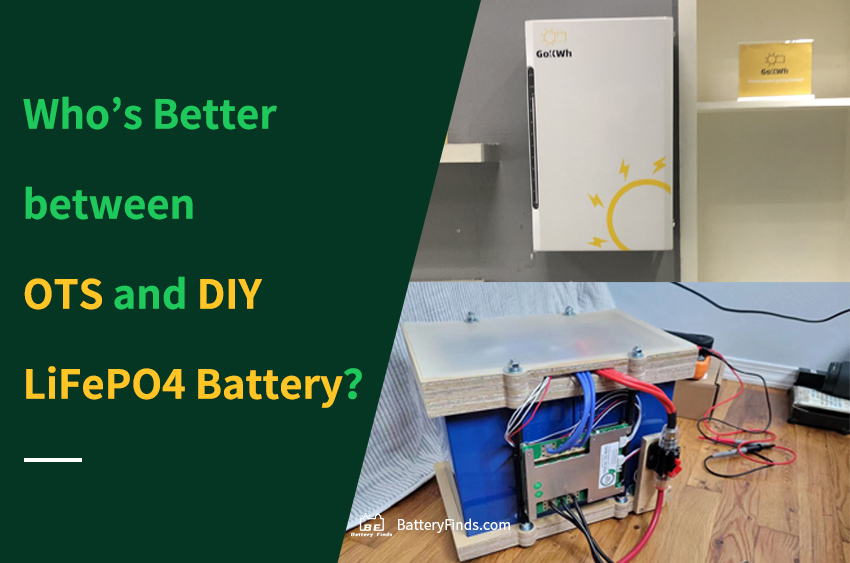What is the difference between DIY LiFePO4 battery and OTS LiFePO4 battery? When many people consider purchasing energy storage equipment or battery backup for their families or institutions, they will definitely think about such a problem.
What's OTS LiFePO4 Battery and DIY LiFePO4 Battery?

Long-term acronyms can cause many people to forget their original meaning.
OTS refers to “Off The Shelf”, OTS LiFePO4 battery refers to the battery manufacturer or processing plant to connect the LiFePO4 battery in a certain way to obtain a rated capacity, and integrate BMS, balancer, fuse, and other accessories inside. An integrated power supply device. Some advanced OTS LiFePO4 batteries even have built-in inverters. The purpose of this kind of battery is to make it easy for customers to use. Generally speaking, it can be used normally as long as it is directly connected to the socket after purchase, which is very convenient.
DIY refers to “Do It Yourself”, and DIY LiFePO4 battery refers to a battery that you can customize according to your own needs. The voltage and capacity of this battery pack will be determined by you. After purchasing the basic battery pack – cells, you also need to purchase additional equipment such as BMS, balancer, charger, inverter, etc. to assemble your “performance monster”. Of course, you also need to connect the battery yourself, which will involve the selection of battery series and parallel connection, battery compression, and other issues. This means that you need considerable skill and experience to accomplish your feat.
Pros and Cons between OTS LiFePO4 Battery and DIY LiFePO4 Battery

There is no doubt that the above-mentioned concepts of the OTS LiFePO4 battery and DIY LiFePO4 battery have explained their differences, so the pros and cons between them are also produced here.
The OTS LiFePO4 battery is a very convenient battery. You no longer have to be frustrated and angry about how to choose chargers, inverters, etc., or whether to use series or parallel for batteries. Just make the payment, wait for the battery to arrive, your power reserve is done, maybe you’re considering a grid-tied system, then you’ll need the assistance of the installer. But if it is a simple off-grid system, after receiving the battery, simply connect the battery to the socket and it can be put into use. And don’t have to worry about safety issues, professional battery manufacturers and processing plants will solve most of the safety issues for you, ensuring that the battery you use is a complete power reserve, not a Russian turntable with potential safety hazards. However, the disadvantage brought by this convenience is the lack of freedom. You can only buy batteries with rated capacity and rated functions from battery manufacturers and processing plants. The rated capacity may be too large or too small, which means that for Different people may have excess or insufficient stored power. The rated function means that it is difficult for you to achieve some personal customized functions. After all, OTS batteries are not made to be modified. Therefore, OTS LiFePO4 batteries are not suitable for those who have strict requirements on battery capacity and individual requirements. Another point is that OTS LiFePO4 batteries are generally more expensive. Most of the reasons are due to labor costs. Of course, there is no need to worry too much. With the development of technology and the reduction of production costs, OTS LiFePO4 batteries are becoming cheaper and cheaper. This is great news for anyone who wants to do it once and for all.
DIY LiFePO4 battery is a more cumbersome battery, but the advantages are very obvious. You can completely customize your exclusive battery pack according to your own needs. As much capacity and voltage as you need, you can have as much capacity and voltage as you want, which can prevent power waste or power shortage. And you can choose your favorite and trusted inverters, chargers, etc. according to your preferences, and you can also add some personal functions. When there is a problem with the battery pack, you can repair it yourself without sending it to the factory for maintenance. This high degree of freedom is what most people have been after. Similarly, it is easier to use in an off-grid system, and you need to seek the help of an installer when using it in a grid-connected system. In the end, DIY LiFePO4 batteries will be cheaper, because the labor costs are all borne by your experience and technology. In contrast, the threshold for DIY LiFePO4 batteries will be relatively high, because you need to control everything in the battery pack, which means you need to have considerable electrical skills and experience, and you need to have the knowledge of how to deal with emergencies to ensure your own safety. , For battery rookies, DIY LiFePO4 batteries are very unsuitable. Although LiFePO4 batteries are very safe batteries, the current involved in connecting various accessories is unsafe. But for experienced electricians who like to get their hands dirty, DIY LiFePO4 batteries are the best.
OTS LiFePO4 Battery and DIY LiFePO4 Battery, who's Better?

Obviously, there is no better way to say that, OTS LiFePO4 battery and DIY LiFePO4 battery can perfectly complete the tasks of power storage and power release, and their differences are actually complementary to each other. Overall, the best LiFePO4 battery is the best for your needs. Are you ready for your power reserve now that power outages are becoming more frequent?

